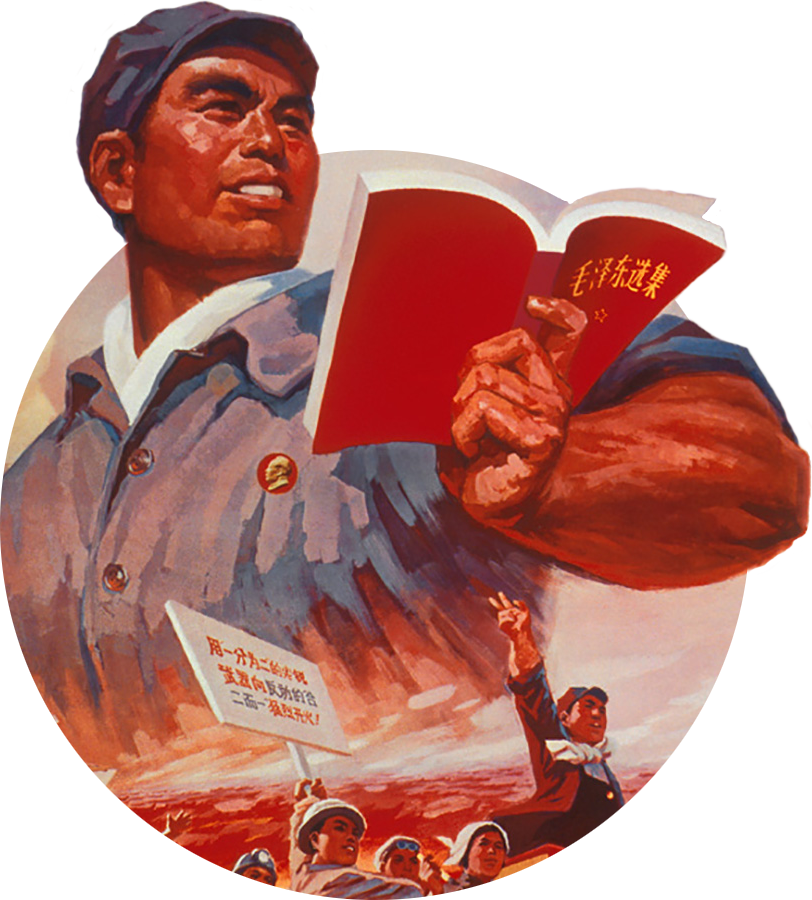The three sources and three component parts of Marxism (1913)
More languages
More actions
 | This is an article about a book that is currently available in our library. |
The three sources and three component parts of Marxism is a short article written by Vladimir Lenin in which he explains how the teachings of Karl Marx “arose as a direct and immediate continuation of the teachings of the greatest representatives of philosophy, political economy and socialism.”[1]
Lenin shows how, taking as his point of departure the highest point reached by his predecessors, Marx revolutionized both philosophy, political economy and socialism. Marx’s philosophy is materialism, and he deepened and developed materialism by means of the conception of dialectics. He carried materialism to its conclusion in historical materialism, by wedding it to the understanding of human society, showing that the economic order of society is the basis on which the whole political and ideological superstructure of society arises.
Marx then studied the economic order of modern capitalist society. The doctrine of surplus value is the cornerstone of his economic theory. He traced the development of capitalism from the first germs of commodity economy and simple exchange to its highest forms, to large-scale production, showing that the capitalist system creates the great power of combined labour. Marx elaborated the doctrine of the class struggle, showing that the working class was the social force which was capable of becoming the creator of a new social system.
